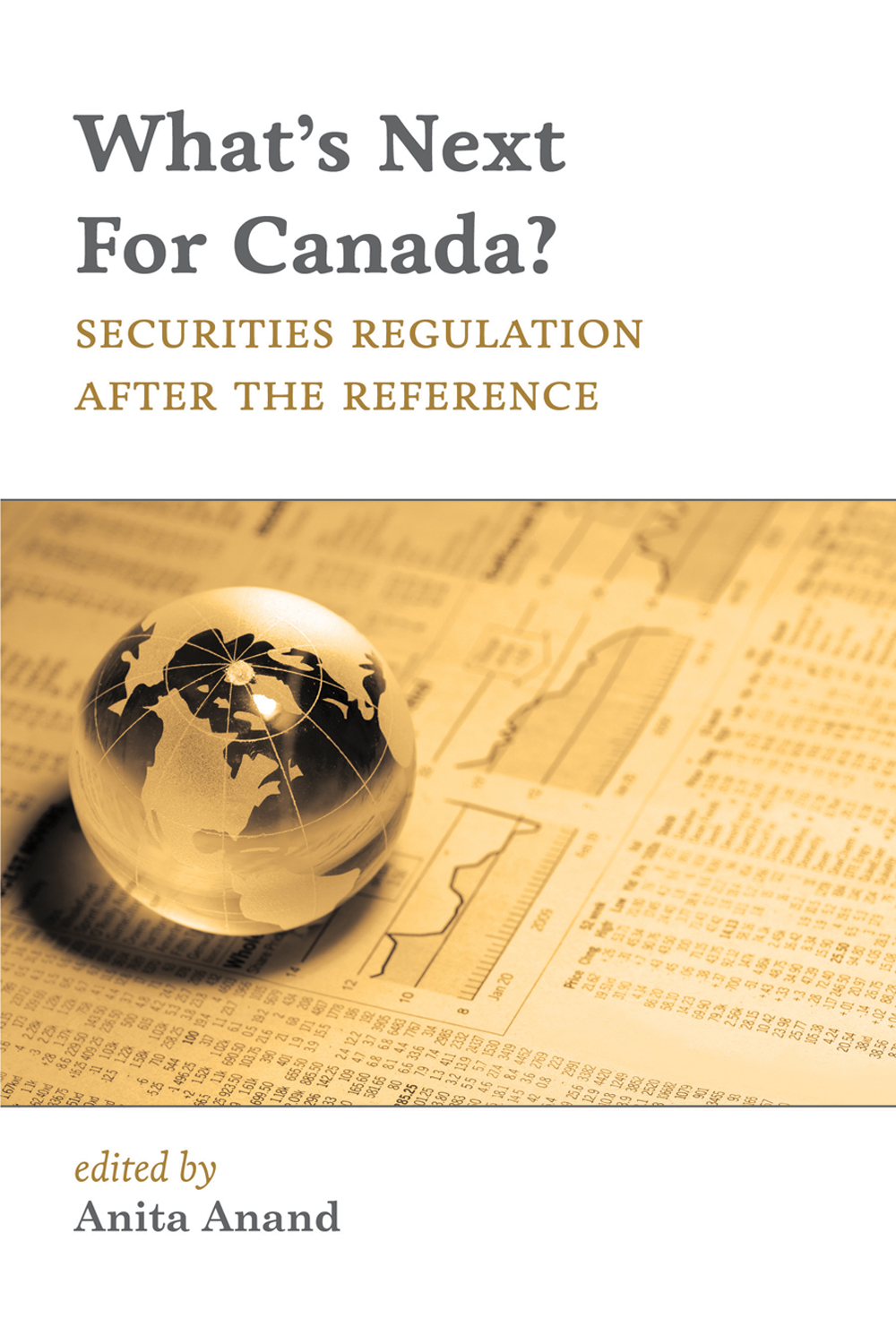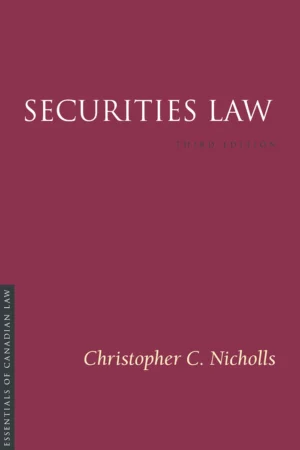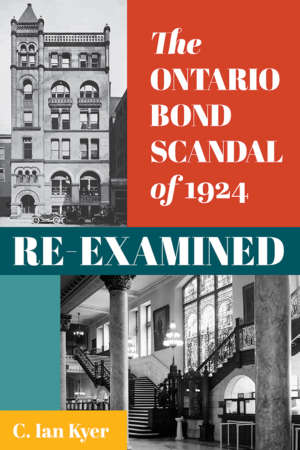Product Description
For many years lawyers, policy makers, scholars, and investors have debated the merits of, and the necessity for, a national securities regulator in Canada. Most have agreed that the status quo is unacceptable as a model of securities regulation. However, in December 2011 the Supreme Court of Canada, in the Reference Re Securities Act, held that a national securities act, as proposed by the federal government, would represent an intrusion by Parliament into provincial constitutional powers. The Court’s judgment raises the question of whether Canadian markets can continue to operate within the current, fragmented system, or whether the federal and provincial governments can work together to achieve a national model based on cooperation. This timely volume represents an effort by 17 leading academics and practitioners to contribute to the ensuing public policy debate. The book analyzes the Reference decision, examines its implications for both constitutional and administrative law in Canada, and raises important questions about the future of security regulation in Canada.
What’s Next For Canada? is essential reading for all those concerned with the future of Canadian security markets and the regulatory framework within which they operate, as well as those interested in the broader constitutional dimensions of this issue.
Foreword
Peter W Hogg, QC
Introduction
Anita Anand
Part 1: The Securities Reference
Chapter 1: Twenty Years of Supreme Court Reference Decisions: Putting the Securities Reference Decision in Context
Poonam Puri
Chapter 2: More Questions than Answers: The Supreme Court of Canada’s Decision in the National Securities Reference
Michael J. Trebilcock
Chapter 3: Competition Policy, Efficacy, and the National Securities Reference
Edward M. Iacobucci
Part 2: Constitutional Considerations
Chapter 4: The General Trade and Commerce Power after the Securities Reference
Ian B. Lee
Chapter 5: Making Waves: The Supreme Court of Canada Confronts Stephen Harper’s Brand of Federalism
David Schneiderman
Chapter 6: Reference Re Securities Act: Comment on Lee and Schneiderman
Mahmud Jamal
Chapter 7: Can Canadian Federalism Be Relevant?
Lorne Sossin
Part 3: Regulatory Structure
Chapter 8: Assuring Independence and Expertise in Financial Services Law: Regulatory Oversight in Light of the Supreme Court of Canada Securities Reference Judgment
Janis Sarra
Chapter 9: A National Systemic Risk Clearinghouse?
Cristie Ford and Hardeep Gill
Chapter 10: Effectiveness, Accountability, and Bias: Some Concerns about a Quasi-National Securities Regulator
Andrew Green
Part 4: Moving Forward
Chapter 11: After the Reference: Regulating Systemic Risk in Canadian Financial Markets
Anita Anand
Chapter 12: A National Securities Commission? The Headless Horseman Rides Again
Jeffrey G. MacIntosh
Chapter 13: The Provinces’ Competence over Securities Regulation in Canada: Taking Stock of the Supreme Court’s Opinion
Stéphane Rousseau
Chapter 14: The Securities Reference: A Comment
Christopher C Nicholls
Afterword
Public Policy and Judicial Discourse: Observations on Dialogue with the Court through the Securities Reference Decision (2011)
Lawrence E. Ritchie
“[T]his collection of essays will be of great interest to securities lawyers and others concerned with the regulation or functioning of the securities market. But it will be just as interesting for constitutional lawyers and others concerned with the functioning of our federal system. And the entire collection is a case study on the choice of regulatory tools for economic regulation. Many observers will agree with me that the Court made a strange choice for securities regulation, and this collection has the constructive goal of trying to help us make the best of it.”
Peter W. Hogg, QC (from the Foreword)





